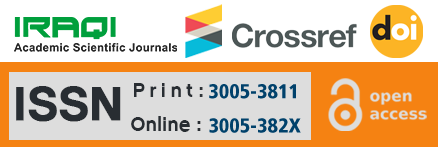Systematic Review of Internet of Nano Things (IoNT) Technology: Taxonomy, Architecture, Open Challenges, Motivation and Recommendations
Abstract
Internet of nano things (IoNT) is a new and modern part of the internet of things (IoT). Applications that operate in the field of nano scale show a new advantage in communication networks. IoNT opened the door to many applications in various fields with new features derived from the advantages of nanotechnology. In this work, a description of the IoNT during 2015-2021 was achieved, including taxonomy, architecture, motives, applications and challenges, in addition to recommendations. The architecture of the IoNT and the most important technologies used in Nano communication networks have been identified, with an indication of the advantages of each. This study, we hope, will make a contribution to this field of science, thus contributing to providing assistance to researchers in this emerging field and covering the challenges they face in this way. That would permit communication between nano-devices to be conventional, making these calibrations to be implemented in various IoNT applications. Until the IoNT system is designed without any problems in the near future, which if achieved, will provide great services, especially in medical applications and other applications.
Copyright (c) 2021 Iraqi Journal of Nanotechnology

This work is licensed under a Creative Commons Attribution-NonCommercial-NoDerivatives 4.0 International License.




